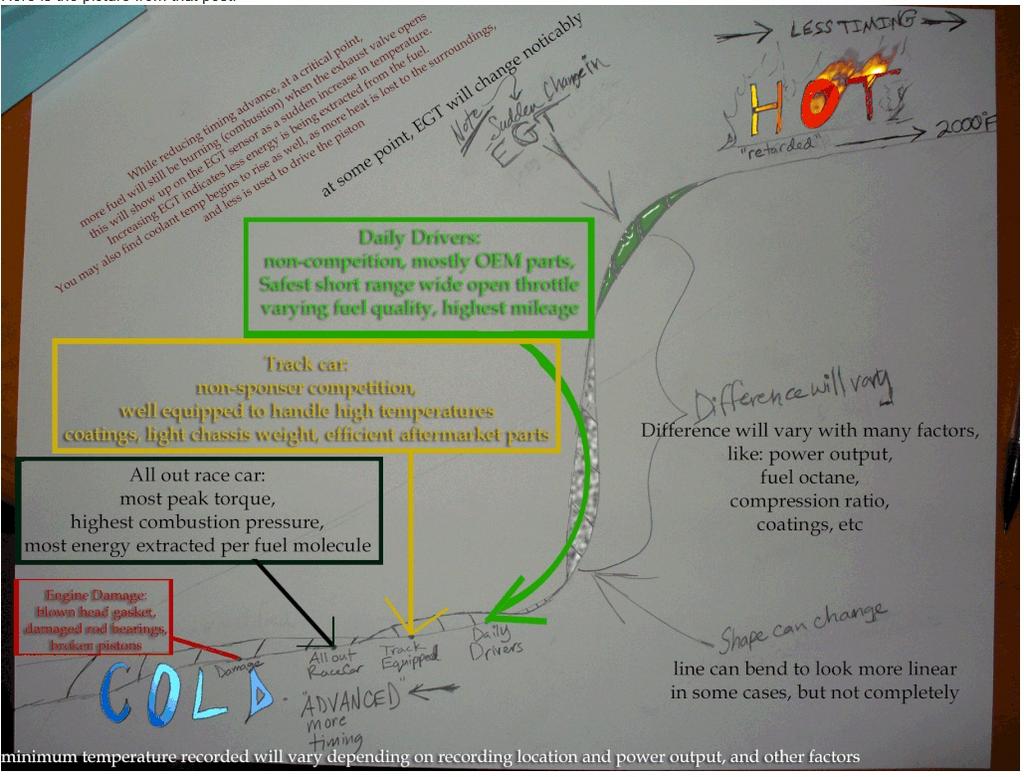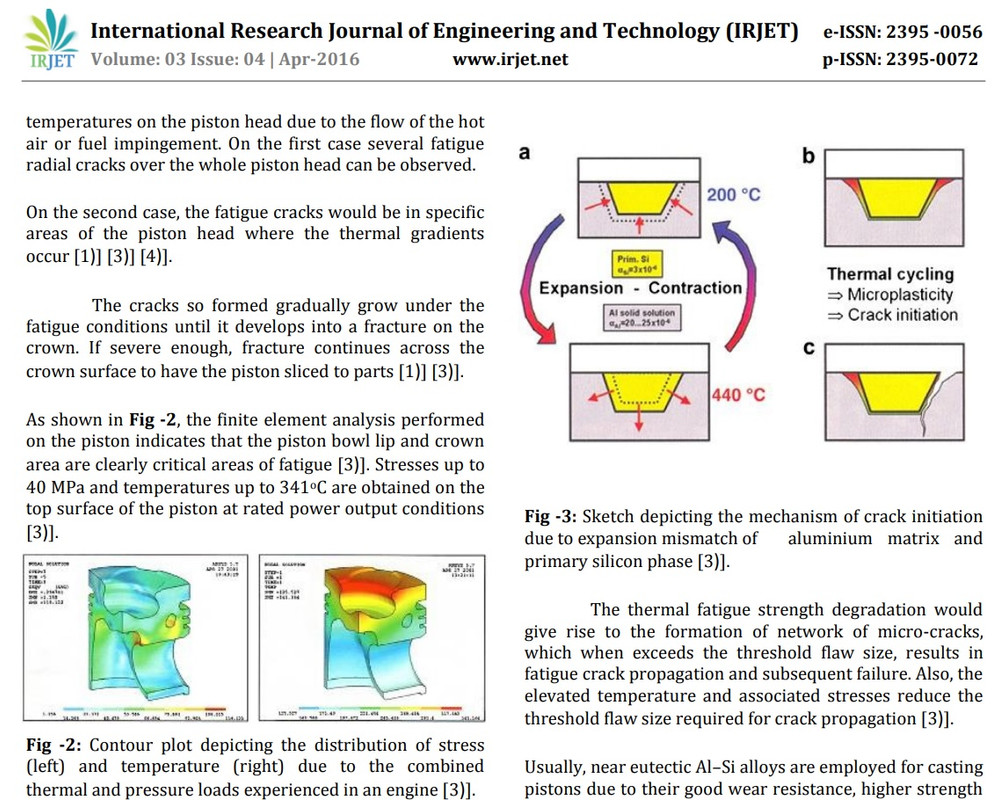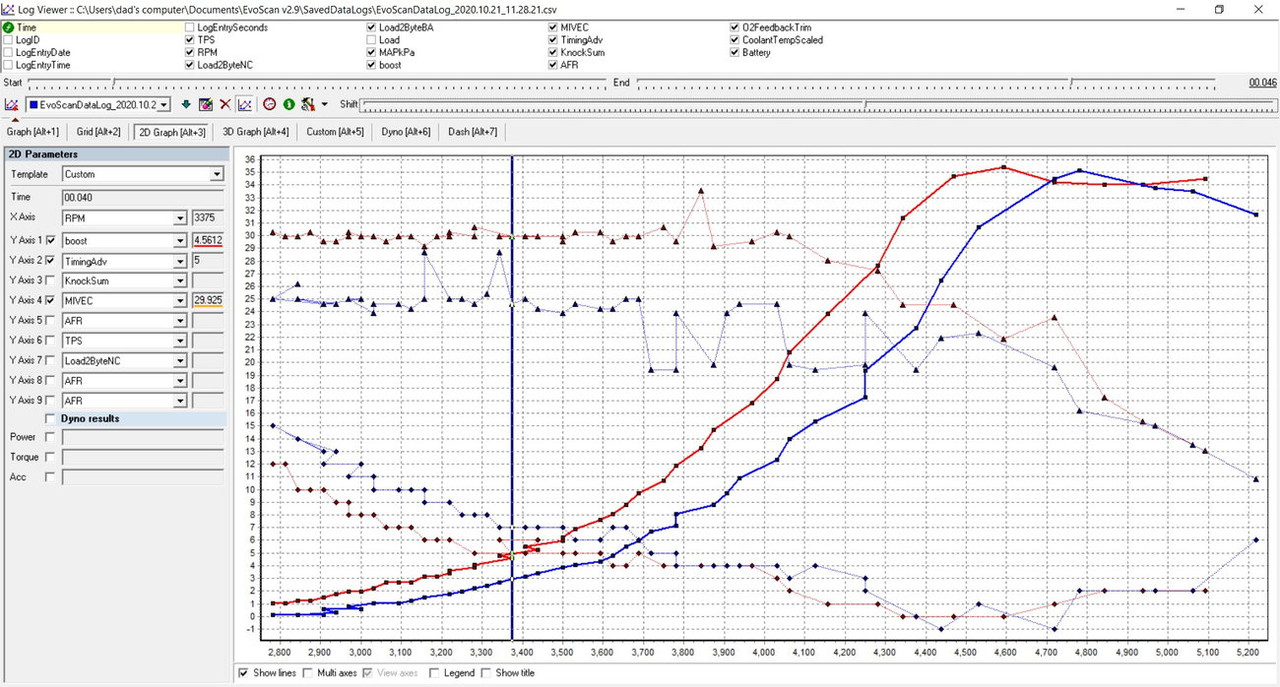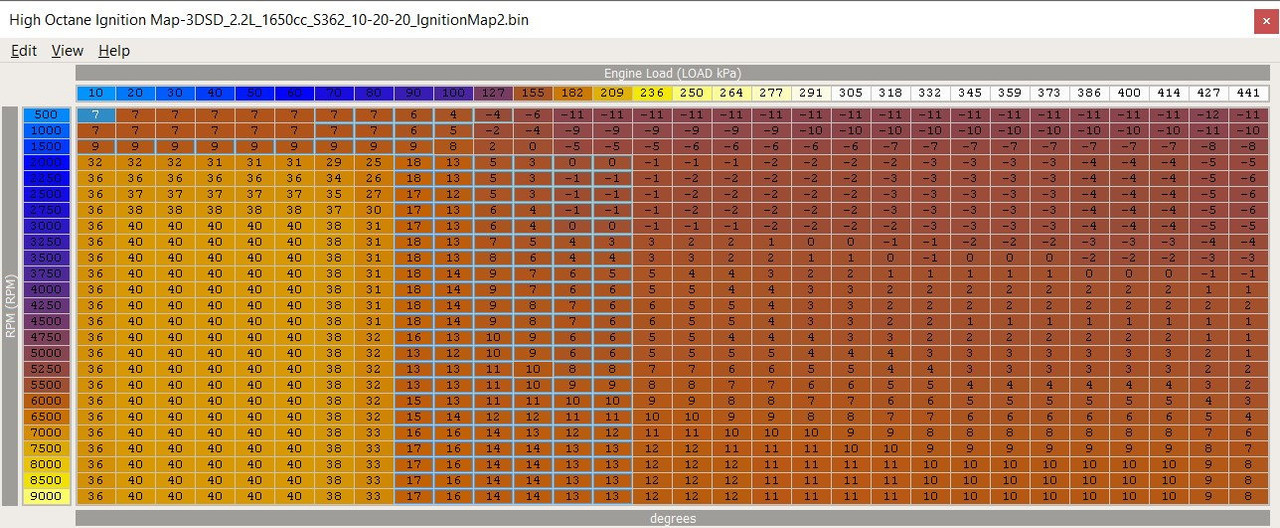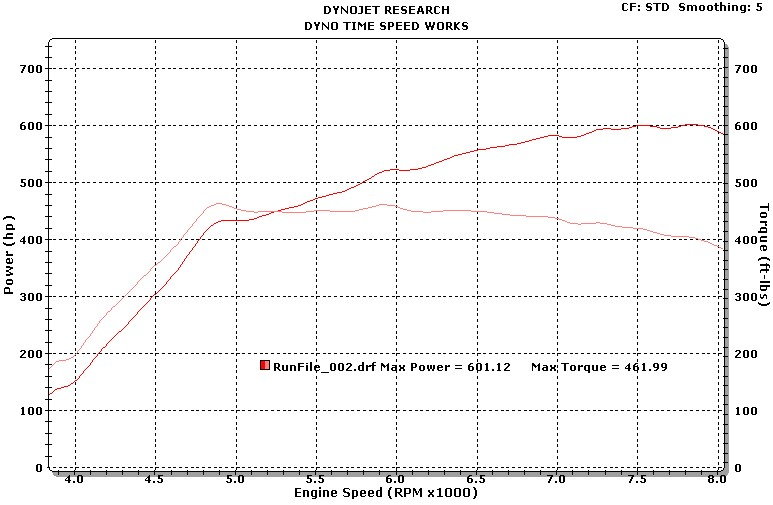You could end up with a budget'y combo that is running 10 degrees of timing and 30 lbs of boost and it's not picking a lot of power... Essentially finding the limit of the combo.
That is not really how timing works
Low timing is generally desirable in modern engines. High timing is undesirable. Compare SBC vs LS timing maps, LS is far superior and much lower btdc timing because of chamber design. Thanks to computers, combustion has been computer modeled improving the combustion reaction rate with respect to molecular velocity component vector, the improved (statistical) normal distribution for incidence of collisions during a given range of crank and rod positions, is a general way to refer to the changes made.
This issue with low timing can be onerous to discuss with respect to 'racing' and 'performance' in particular with over-valve injection because adjusting start and end of spray for injection period will influence soot formation, flame propagation, reaction efficiency (total reacted mass), BSFC, all of which may be vastly different in a clean burning economy vehicle with a turbocharger vs a full out race car with no emission or fuel consumption concerns, or a vehicle with carbon cycle concerns, please observe research
A satisfactory answer to the future severe normative on emissions and to the market request for spark ignition engines seems to be the use of downsized engines for passenger cars. Downsizing permits the increase in engines power and torque without the increase in cylinder capacity. The downsizing be

www.sae.org
<div class="htmlview paragraph">A satisfactory answer to the future severe normative on emissions and to the market request for spark ignition engines seems to be the use of downsized engines for passenger cars. Downsizing permits the increase in engines power and torque without the increase in...

saemobilus.sae.org
In general at WOT I prefer injecting to an open intake valve as the WOT condition promotes the mixing and vaporization energy while the intake stroke provides kinetic energy to piggy back the injection energy, allowing a greater cylinder fill than would take place on a closed valve injection like the OEM uses.
120063 i used this excel spreadsheet to adjust injector timing, then i dialed in my Injector tip temps.. My question is, how accurate is the spreadsheet? the car definitely feels better and im hoping that ive not adjusted things too much. i have attached my current tune in hopes that someone...
forum.hptuners.com
GHuggins;686907 said:
I would argue that with my dying breath

Boosted applications especially it is a VERY keen player - I have gained up to 120hp with injection timing alone on twin turbo setups below 3000 rpms

Not to mention if when done correctly and at a linear retard rate with rpms IT WILL increase torque enough to rip the tires loose whereas it may not have before... Just takes some playing and getting right for the particular application.
Injection timing is a major player in the performance venue which will influence combustion outcome and cannot be ignored when discussing ignition timing.
Now, real world results
Here is an 2.0L engine, the famous '4g63' using 93 octane gasoline
taking -1* of timing at ~35psi of boost on 93 octane fuel for 600rwhp
Timing map, notice
negative numbers where needed
Actual dynojet
Conclusion
The timing number does not matter. The timing is only necessary to start the combustion reaction at appropriate time, it can be a negative number depending on the temperature, fuel, compression rate, &c
We can easily tell whether the combustion reaction is efficient by the EGT and BSFC, in other words the mass of fuel per unit time going into the engine vs the heat being produced and power being produced as a product of that fuel mass flow rate. No matter what the timing number is, if the engine is using the fuel to make power at a safe pressure and low EGT then the timing number itself is unimportant.
The reaction propagation takes some time to get started depending on the chamber design, rate of compression, fuel conditions, energy supply, temperature, fuel quality, variables. Once the reaction can provide significant pressure to the piston area (stress) it only needs the piston to be in appropriate positioning with respect to rod and stroke angles with an acceptable reaction rate. A later ignition and later combustion may help contribute to more ideal angles as the connecting rod and crankshaft form superior cross product vector, which is why it is possible in forced induction engines making two or four times the power of natural aspirated engines with extremely reduced timing numbers can produce even less cylinder pressure than a naturally aspirated application despite 4x the output.


